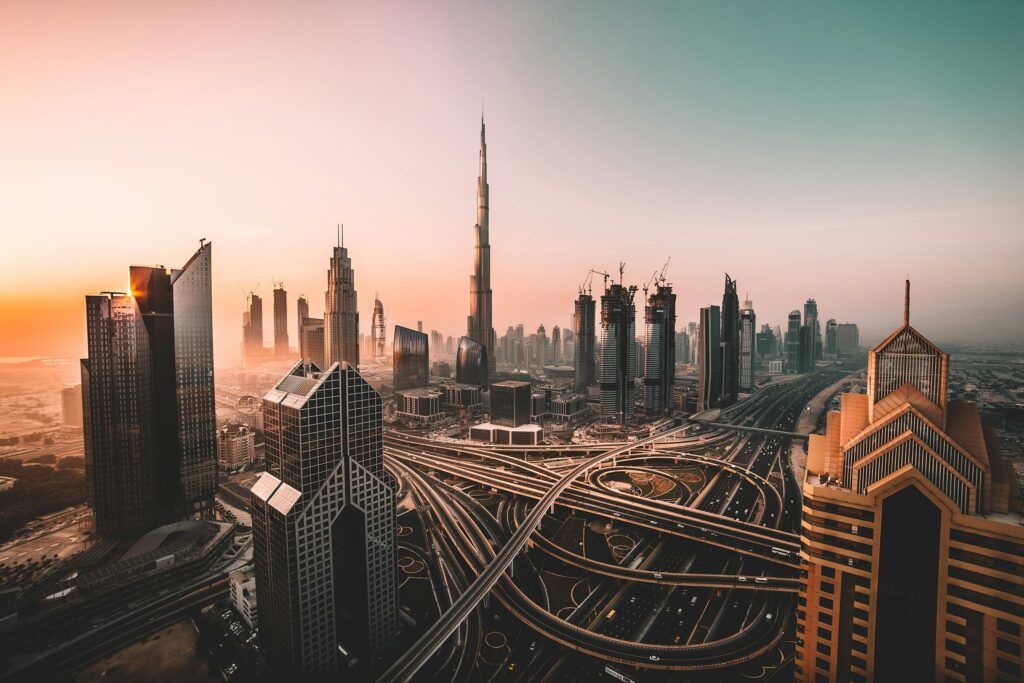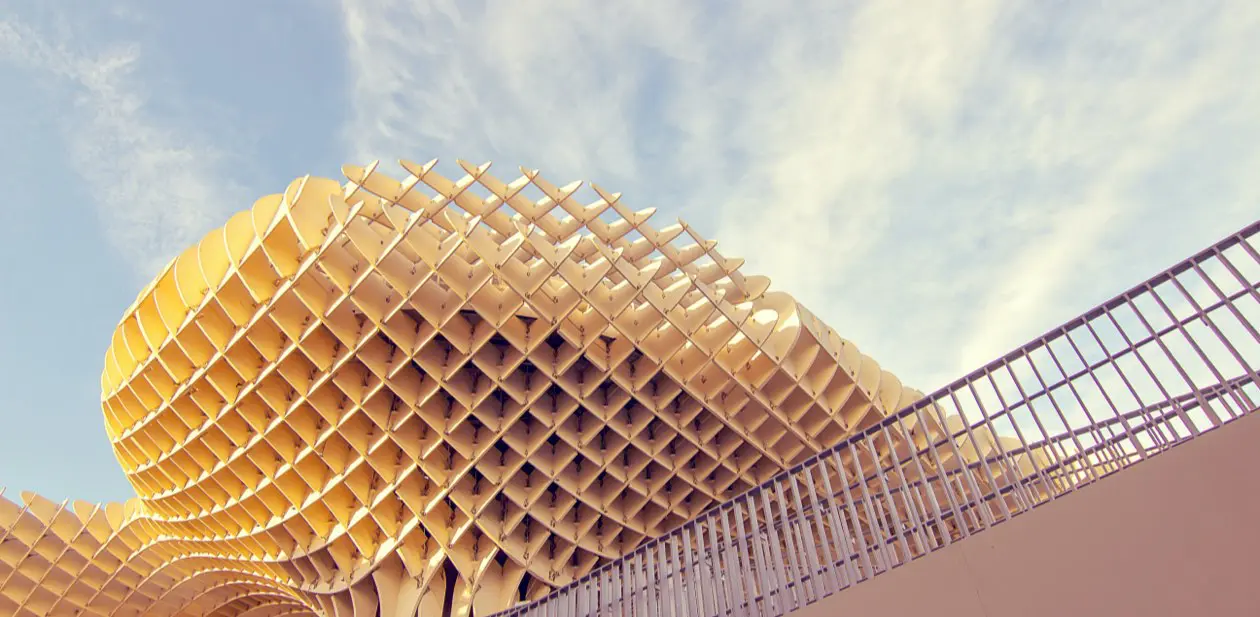As we stand on the cusp of a new era, the world of architecture is undergoing a profound transformation fueled by cutting-edge innovations. From sustainable design solutions to revolutionary construction techniques, the future of architecture promises to be both awe-inspiring and environmentally conscious. Join us as we explore the groundbreaking innovations that are shaping tomorrow’s skylines.
Green Building Technologies
With sustainability taking center stage, architects are increasingly turning to green building technologies to minimize environmental impact. These technologies encompass a range of strategies designed to reduce a building’s carbon footprint and enhance energy efficiency. Passive design strategies, such as optimized building orientation and natural ventilation, reduce reliance on mechanical systems. Renewable energy systems, including solar panels and wind turbines, enable buildings to generate their own clean energy. Moreover, sustainable materials like recycled steel and low-VOC (volatile organic compounds) paints contribute to healthier indoor environments. Buildings of the future will be energy-efficient and eco-friendly, setting new standards for environmental stewardship.
Parametric Design
Parametric design is revolutionizing the way architects approach form and function. By harnessing computational algorithms, architects can generate complex geometries and optimize structural performance with unprecedented precision. This approach allows for the creation of bespoke designs tailored to specific site conditions and user needs. For example, parametric modeling can optimize the shape of a building’s facade to maximize natural light while minimizing solar heat gain. The result is buildings that are not only visually striking but also highly functional and adaptable to changing needs.

Advanced Materials
From carbon-neutral concrete to self-healing building facades, advanced materials are pushing the boundaries of what’s possible in architecture. Carbon-neutral concrete, which absorbs more CO2 than it emits, significantly reduces the carbon footprint of construction projects. Self-healing materials, which can repair cracks autonomously, enhance the durability and lifespan of buildings. Additionally, materials like aerogels and phase-change materials offer superior thermal insulation, reducing energy consumption for heating and cooling. These innovative materials offer improved durability, enhanced thermal performance, and a reduced environmental footprint, paving the way for a more sustainable built environment.
Augmented Reality and Virtual Reality
Augmented reality (AR) and virtual reality (VR) are revolutionizing the design process, allowing architects to visualize and experience spaces in immersive 3D environments. AR can overlay digital information onto the physical world, enabling architects to conduct virtual walkthroughs of a design before it is built. VR, on the other hand, creates fully immersive digital environments where stakeholders can explore and interact with a proposed design. This technology enables stakeholders to better understand design concepts, identify potential issues, and make informed decisions early in the design process, ultimately leading to more successful outcomes.
Vertical Urbanism
With rapid urbanization and population growth, architects are reimagining the traditional notion of urban living with innovative vertical urbanism solutions. Vertical urbanism involves the development of high-rise structures that integrate residential, commercial, and recreational spaces within a single building. Vertical forests, which incorporate trees and shrubs into the building’s structure, enhance urban biodiversity and improve air quality. Sky bridges and interconnected platforms create dynamic, multi-level public spaces. These vertical communities offer sustainable alternatives to sprawling horizontal developments, maximizing density while minimizing environmental impact.




